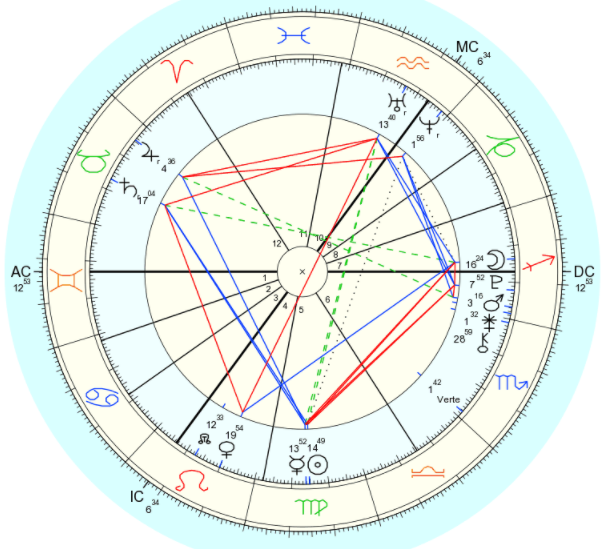When you first learn about a placement, the obvious thing to do is look for descriptions, however these can be extremely unhelpful. Why? No description will ever fully encapsulate a placement. It will focus on one idea of it, or go straight to possible conclusions without explaining why those could be true.
Instead, I prefer to take the ‘anti-description’ route. When I start learning, I look to each part of the placement for its ingredients and build them together myself. In this way, you can see all the possible conclusions a placement may take.
With this in mind, I’ve compiled a cheat sheet of possible ingredients of each aggregate: signs, modalities, elements, planets, houses, and aspects!

